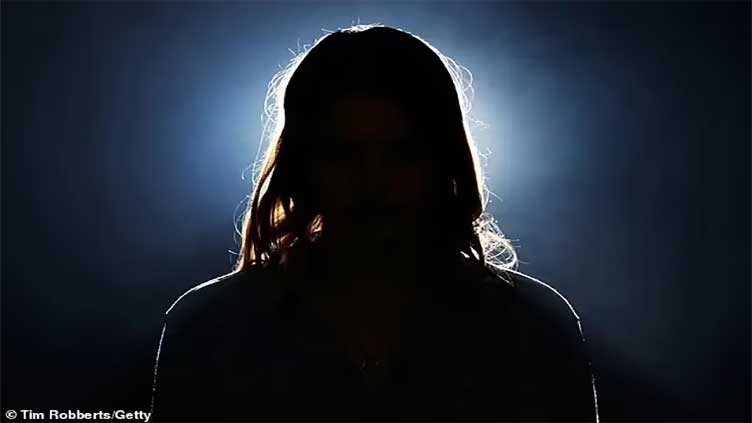All living things emit ghostly glow that vanishes when we die, scientists reveal

Technology
As the cells in living creatures produce energy
(Web Desk) - Mystics and spiritualists have often claimed they can see a glow of mysterious light surrounding living creatures.
Now, scientists have discovered that there may be some truth to their claims.
Researchers from the University of Calgary in Canada have found that living things produce a faint ghostly glow.
This isn't a mystical force or evidence for the human soul, but rather a physical phenomenon called ultraweak photon emission, the team said.
As the cells in living creatures produce energy, the chemical processes involved release a tiny amount of light in the form of photons, the particles that make up light.
While the existence of this glow has been controversial, scientists using ultra-sensitive cameras claim to have provided 'very clear' evidence for the existence of 'biophotons'.
Lead author Dr Daniel Oblak, told the New Scientist: 'This really shows that this is not just an imperfection or caused by other biological processes. It’s really something that comes from all living things.'
One thing that all living creatures have in common is that they need to create energy to stay alive.
In the cells of every organism, there are structures called mitochondria where sugars are 'burned' with oxygen in a process called 'oxidative metabolism'.
During these reactions, molecules gain and lose energy, letting off a few photons.
Even though many scientists believed this light must exist, it has proven extremely hard to detect.
Because the light emitted by living cells is so faint, it is hard to distinguish from other natural sources of light, such as the radiation emitted by warm objects.
However, using specialised cameras able to detect individual photons, Dr Oblak and his colleagues have now isolated this light and shown what happens to it after an animal dies.
Mice were placed in dark, temperature-controlled boxes where digital cameras produced two images with an hour-long exposure.
One was taken while the mouse was alive, and the other after it had died.
In the first image, the cameras show photons rising from all over the mouse's body with 'hotspots' over its organs, head, and paws.
In the second image, after the mouse has died, almost all of the photon emission has disappeared beyond a few lingering traces above the former hotspots.
'This shows in a very clear way that UPE is associated with being alive.'
Dr Oblak adds: 'The fact that ultraweak photon emission is a real thing is undeniable at this point.'
Additionally, the researchers used their cameras to study the glow emitted from leaves.
They discovered that the leaves continued to glow after being cut from the tree and that the glow became brighter when injuries activated the plant's repair systems.


